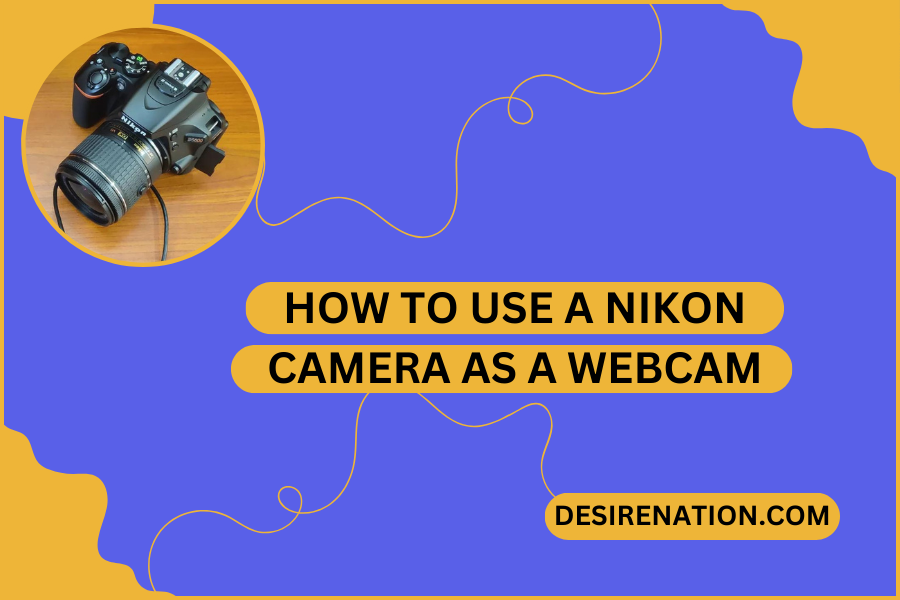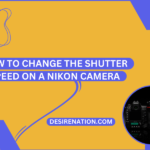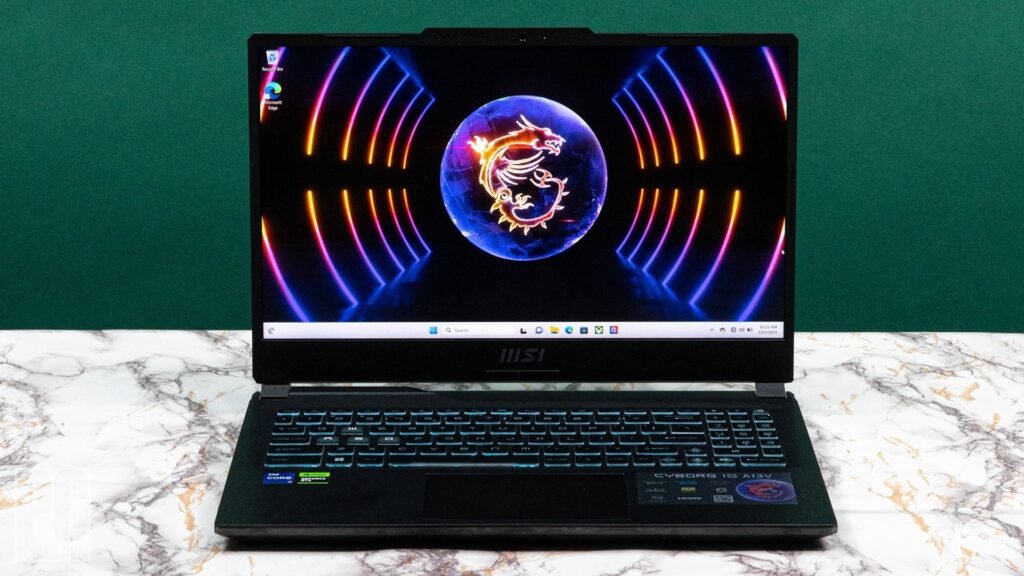With remote work and virtual communication becoming more prevalent, having a high-quality webcam is essential. If you own a Nikon camera, you’re in luck! You can transform your camera into a high-end webcam for video calls, streaming, or content creation. This article guides you through the process of using your Nikon camera as a webcam, ensuring your video quality stands out from the crowd.
Understanding the Basics
Using a Nikon camera as a webcam provides significantly better video quality than most built-in or standard webcams. This setup involves connecting your camera to your computer and using software to recognize it as a webcam.
Step 1: Check Your Nikon Camera’s Compatibility
- Supported Models: Ensure your Nikon camera model is compatible with being used as a webcam. Most recent Nikon DSLRs and mirrorless cameras support this function.
- Firmware Update: Make sure your camera is updated with the latest firmware.
Step 2: Gather the Necessary Equipment
- USB Cable: You’ll need a USB cable (typically USB-C or mini-USB) to connect your camera to your computer.
- AC Adapter or Fully Charged Battery: To avoid power interruptions, use an AC adapter if available, or ensure your battery is fully charged.
Step 3: Download Webcam Utility Software
- Nikon Webcam Utility: Download and install the Nikon Webcam Utility from Nikon’s official website. This software is designed to easily turn your Nikon camera into a webcam.
Step 4: Setting Up Your Camera
- Connect Your Camera: Using the USB cable, connect your camera to your computer.
- Switch to Live View Mode: Turn on your camera and switch it to live view mode. This allows your camera to send a video feed to your computer.
Step 5: Configuring Your Computer
- Install Drivers: Ensure that any necessary drivers are installed when you connect your camera.
- Selecting the Camera: In your video conferencing or streaming software, go to the settings, and select the Nikon Webcam Utility as your video source.
Step 6: Adjusting Camera Settings
- Focus Mode: Set your camera to continuous autofocus (AF-C) mode to keep you in focus even if you move.
- Exposure Settings: Adjust your camera’s exposure settings (ISO, aperture, and shutter speed) to suit your lighting conditions.
Tips for Optimal Quality
- Lighting: Good lighting is key. Ensure your face is well-lit without harsh shadows.
- Background: Choose a neat, uncluttered background, or use a backdrop if necessary.
- Tripod: Use a tripod or stable surface to keep your camera steady.
Advanced Considerations
- Audio: Remember, the camera will only take care of video. You’ll need a separate microphone for audio.
- Software Features: Explore features within the Nikon Webcam Utility and your streaming software for additional functionality.
Conclusion
Converting your Nikon camera into a webcam is a fantastic way to enhance your video quality for meetings, live streams, or content creation. With superior image quality, better control over focus and exposure, and the ability to use your camera’s lens system, this setup can significantly upgrade your video communication experience. By following these straightforward steps, you’ll be set to impress with professional-grade video quality in no time.
You Might Also Like These:












